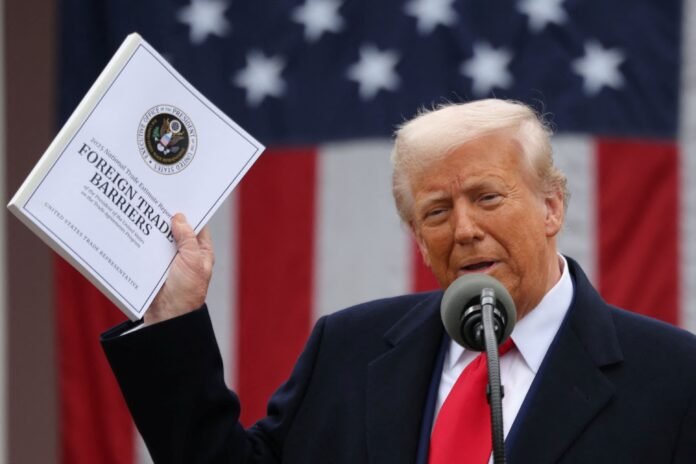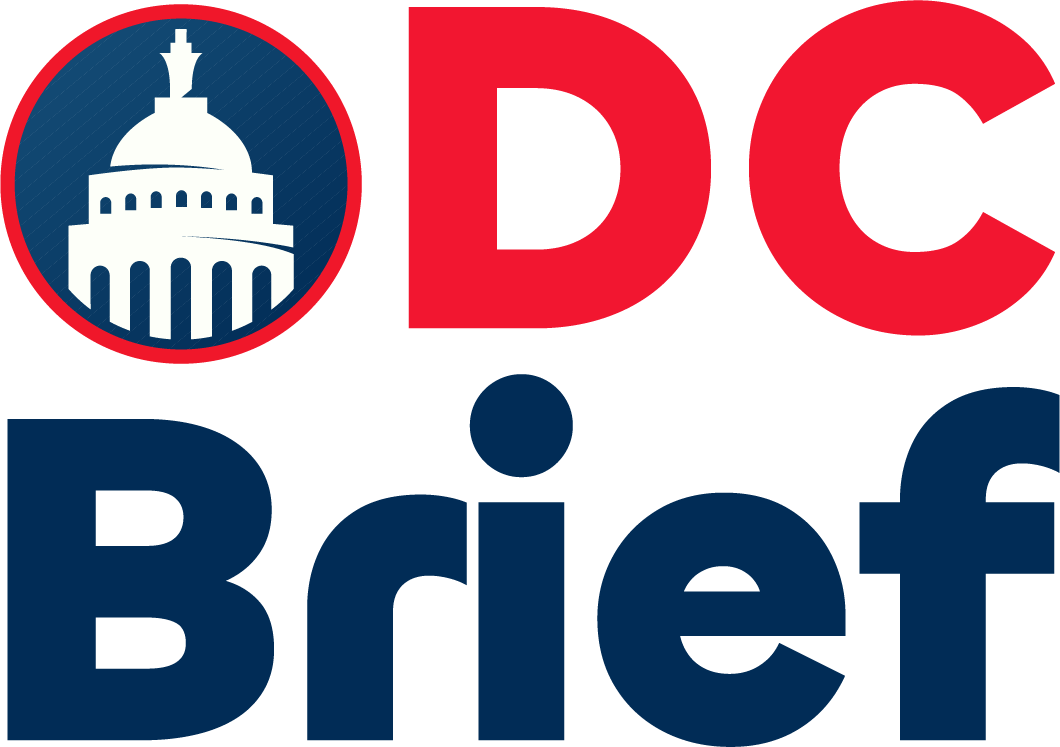U.S. companies are facing different outcomes this summer due to growing U.S. tariff pressure. Over 100 major corporations recently shared quarterly results, offering insight into financial performance and future expectations. These earnings updates also reflect how executives feel about the U.S. economy overall.
However, the effects of U.S. tariff pressure vary greatly across industries. Many consumer-focused companies, especially automakers, are struggling. They face rising import costs that hurt profit margins.
At the same time, financial and tech companies are thriving. Since they depend less on imported goods, their profits remain solid. This split performance reveals how some firms are shielded while others feel the full impact of tariffs.
The White House plans more tariff decisions soon. As a result, businesses and consumers wait anxiously. Many wonder how future costs will affect prices, demand, and supply chains.
Laura Veldkamp, a Columbia finance professor, says some firms feel import costs more than others. She notes a clear divide based on exposure to global sourcing. Stock market investors are focusing more on positive earnings. The S&P 500 and Nasdaq have both reached record highs recently.
Despite some poor results, such as those from UnitedHealth Group, the Dow Jones Industrial Average also gained. This shows how investors weigh overall trends instead of isolated losses.
Some CEOs have expressed serious concern about future growth. They highlight the uncertainty surrounding tariffs and trade talks. In contrast, tech firms continue investing and expanding, riding strong demand.
Consumer businesses, though, have warned of price increases. They also expect higher operating costs due to continued U.S. tariff pressure.
Executives across sectors call for more predictable trade policies. Many believe long-term planning is difficult under current conditions. They want fewer sudden changes and more stability from Washington.
Nevertheless, certain sectors see opportunities amid the confusion. Some firms are shifting supply chains, reducing reliance on taxed imports. Others are seeking new markets or reshaping products.
Financial and tech leaders say the current landscape rewards innovation. They feel positioned to succeed despite broader economic worries. Investors remain cautiously optimistic. Markets continue to respond to strong earnings, even with tariff uncertainty in the background.
In conclusion, the coming weeks will reveal whether U.S. tariff pressure eases or intensifies. Until then, companies will adjust strategies to stay competitive.
For more business updates, visit DC Brief.


